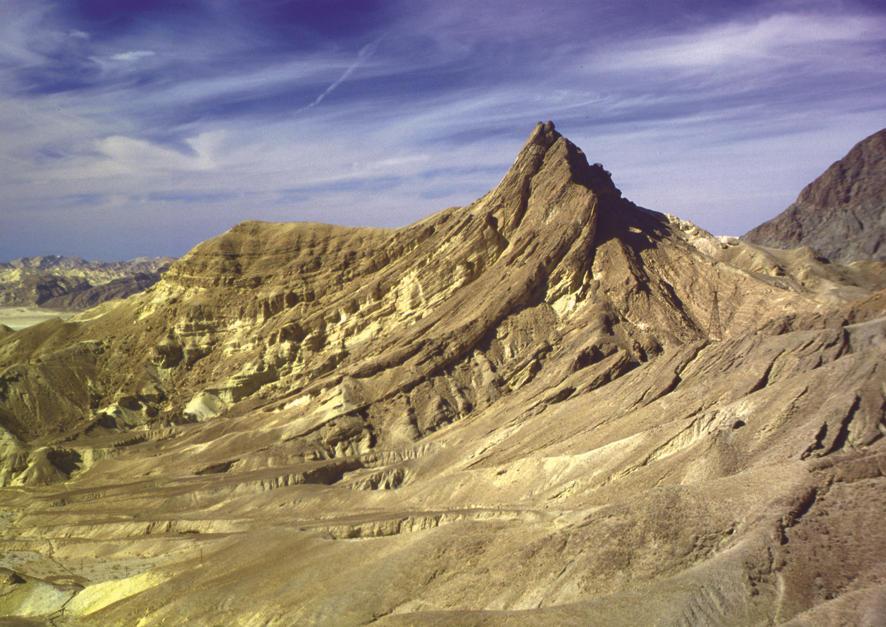The Rift Analogues Project - TRAP
Stratigraphic, sedimentary and structural evolution of extensional depocentres combining traditional field and digital outcrop techniques (LIDAR)
Main content
This study uses high-resolution terrestrial LIDAR scans of outcrops, integrated with conventional field observations, digital photographs and high-resolution satellite images, to examine the structural development and consequent stratigraphic and sedimentological response in rift basins. We examine the structural style (syn-rift faults and folds), stratigraphic architecture and facies distribution in a range of continental, marginal marine and marine deposits in different structural settings that are characteristic of rift initiation and rift climax depositional systems. We concentrate on the Hammam Faraun and El Qaa fault blocks, situated on the Sinai margin of the Gulf of Suez rift, Egypt.
TRAP is constituted by researchers and postgraduate students from the University of Bergen and University of Manchester, and is sponsored by ConocoPhillips and Statoil.
Researchers working on this project:
Franklin Rarity



